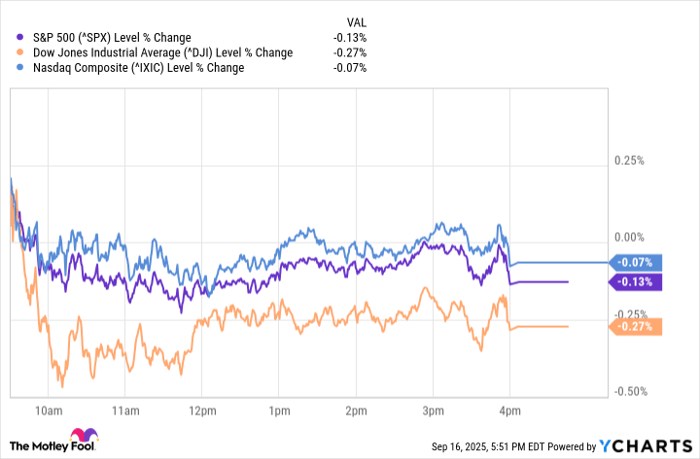5 Places You Should Never Swipe Your Debit Card
Debit cards are convenient — but they’re not always the safest choice. Swiped in the wrong place, a debit card can expose your bank account to fraud, delays, or lost protection.
While they’re fine for grabbing cash at a trusted ATM or some transactions, there are certain situations where using a debit card just isn’t worth the risk.
Here are five places where you should think twice before swiping — and what to use instead.
1. At gas stations and convenience stores
According to the FBI, card skimming costs consumers and banks over $1 billion a year. And gas stations are one of the most common places for card skimming.
Skimmers are tiny devices attached to card readers you don’t even notice. When you swipe your card, they copy your info. If it’s your debit card, that’s real money from your checking account that can be tapped into.
Convenience stores and smaller shops can also be risky if the machines aren’t closely monitored.
It’s better to use a credit card instead. Better yet, tap to pay using your phone or contactless card — it’s harder to skim and adds another layer of protection.
2. When booking travel
Any time I book travel, I’m using a rewards credit card. Debit cards don’t get anywhere near the same perks or protections.
Most travel credit cards offer amazing reward rates — sometimes 3x, 5x, or even 10x points when booking through the issuer’s portal. I like to think of those points like a built-in discount. A $1,000 trip could earn $50 to $100 worth of points toward my next vacation.
Another big reason is that travel credit cards typically include built-in protections that debit cards don’t offer, like:
- Trip cancellation and interruption insurance
- Rental car coverage
- Lost luggage reimbursement
These perks can save you hundreds (and a ton of hassle) if something goes wrong.
Don’t have a travel rewards credit card? Compare the top travel credit cards and find one that fits your trip style.
Even legit-looking sites can have poor security. And once your debit card info is compromised, the hacker isn’t stealing borrowed credit — they’re going after the real money sitting in your checking account.
While banks usually reimburse you, your account can be frozen in the meantime. And if you need your money for rent, groceries, or other bills, this can become a real hassle.
Credit cards offer fraud protection, zero-liability policies, and some even let you use virtual card numbers for added security.
4. Buying expensive electronics or gear
Just bought a new MacBook? DSLR camera? Fancy espresso machine? Don’t swipe your debit card.
Many credit cards offer purchase protection and extended warranties on eligible big-ticket items. That’s added insurance in case something breaks, gets stolen, or shows up defective.
Purchase protection can also cover theft or damage — which is especially useful when your toddler decides your new MacBook is a launchpad for their action figures.
5. Bars, restaurants, and anywhere your card disappears
The reality is, every time you hand your debit card to someone, you’re trusting a stranger with a direct line to your bank account. That’s a big risk for a plate of nachos.
Bars and restaurants are super busy places, so it’s easier for your card to get misplaced or fall into the wrong hands.
Whenever I’m out and about, I use my credit card for anything where my physical card leaves my hand. If anything seems fishy, I can lock my card in seconds. And it takes just a few clicks in my mobile app to dispute any fraud charges, without touching any of my real money.
The bottom line
There’s nothing wrong with using a debit card for the basics. Like pulling cash from an ATM or paying that pesky parking ticket online through your county’s secure site.
But credit cards offer stronger fraud protection, better perks, and even rewards on everyday purchases. Just pay your balance in full each month, and you’ll avoid interest while stacking up points or cash back.
Need to upgrade your wallet? Compare the best credit cards for security, rewards, and peace of mind.



















